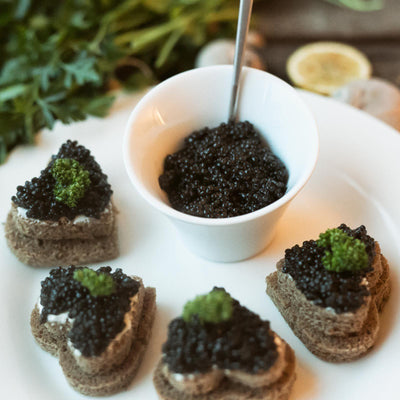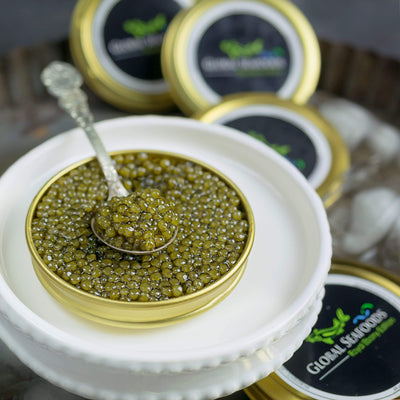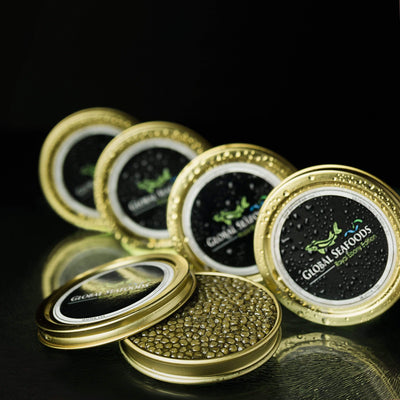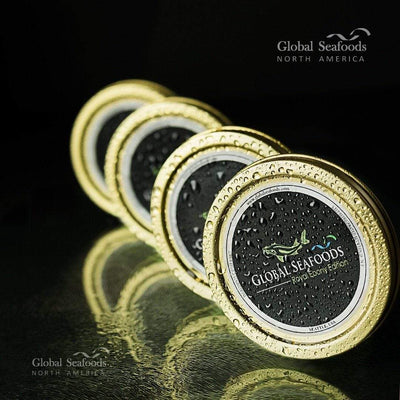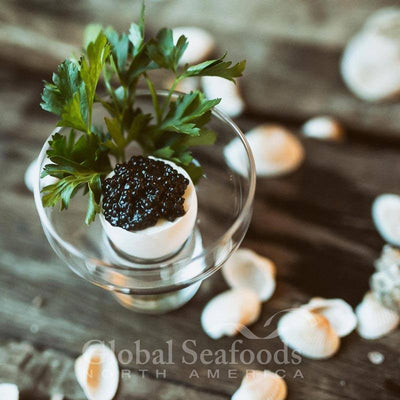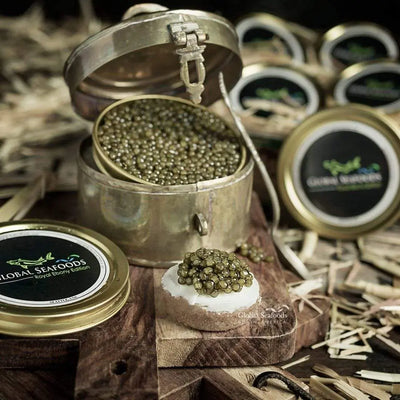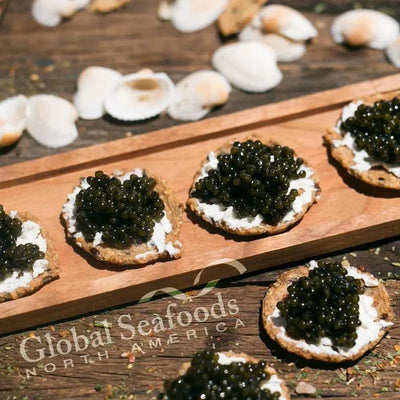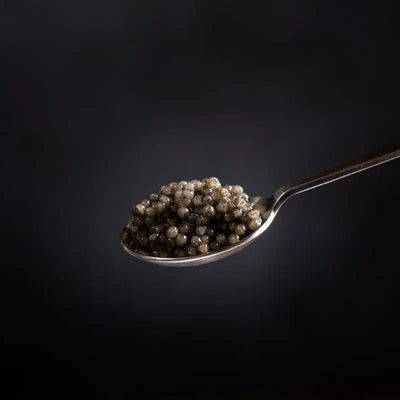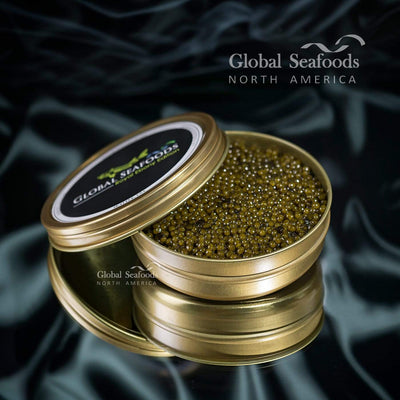+Shop Now
+Categories
- Abalone
- Ahi Tuna
- Alaskan King Crab Legs
- Alaskan Pollock
- Alaskan Sockeye Salmon
- Albacore Tuna
- Anchovy
- Anxiety Relief
- appetizer
- Atlantic Salmon
- Beluga Caviar
- Best Sushi
- black caviar
- black cod
- Blue crabs
- Bluefin Tuna
- Brain Function
- Branzino
- breakfast
- Calamari
- caviar
- Caviar Recipes
- Chef Knives
- Chilean Sea Bass
- Clams
- cocktail caviar
- Cod
- Coho Salmon Caviar
- collagen
- Cooking Methods
- crab
- Crab Balls
- Crab Cakes
- Crab claws
- crab meat
- Crab Recipes
- culinary tips
- decline-sturgeon
- Diver Scallops
- Dover Sole
- Dry Aged Fish
- Dungeness Crab
- Dungeness crab clusters
- Dungeness Crab Legs
- Exotic Shellfish Sampler
- Fish and Seafood
- fish oil
- Fish Sauce
- flat fish
- FLOUNDER FISH
- Focus
- Fresh Seafood Delivery
- Fresh Wild Alaskan Salmon
- Geoduck
- Gooseneck Barnacles
- Gourmet Seafood Platter
- haddock
- halibut
- Halibut Recipes
- hamachi
- Hamachi Recipe
- health
- healthy eating
- Ikura
- Japanese restaurants
- Jonah crab
- Jumbo Sea Scallops
- Kaluga Caviar
- kelp
- king crab
- King Crab Legs
- King Salmon
- kitchen
- Lingcod
- Live King Crab
- Live Lobsters for Sale
- Live Scallops
- Live seafood
- lobster
- Lobster Tail
- luxury food
- mahi mahi
- Marine Collagen
- Mollusk
- Monkfish
- Mussels
- New
- Nutrition
- octopus
- Opah
- Ora King Salmon
- Osetra Caviar
- Ossetra Sturgeon Caviar
- oysters
- Pacific Cod
- Pacific Hake
- Pacific Halibut
- Pacific Ocean
- Pacific Whiting
- Pacific Whiting Recipe
- Paddlefish Caviar
- Petite Oysters
- Petrale Sole
- Poke Tuna
- Pollock
- Pregnancy
- Premium Caviar Selection
- Recipe
- red caviar
- Red Crab
- rock fish
- Rockfish
- Rockfish Recipes
- sablefish
- Sablefish (Black Cod) Recipes
- salmon
- Salmon Caviar
- Salmon lox
- Salmon Poke
- Salmon Recipes
- salmon roe
- Sardines
- Sashimi
- Sashimi-Grade Tuna
- Scallop
- scallops
- Scallops Recipe
- Sea Urchi Recipe
- sea urchin
- Sea Urchin Sushi
- sea weed
- Seafood
- Seafood Dishes
- Seafood Market
- Seafood Recipe
- Seafood Restaurants
- sevruga caviar
- shellfish
- Shrimps & Prawns
- Silver Salmon
- Smoked
- Smoked Salmon
- Smoked Tuna
- Snail Caviar
- Snapper Recipe
- snow crab
- Sole & Flounder Recipes
- Squid
- Steelhead
- Sturgeon Caviar
- Sustainable Seafood Choices
- Swordfish
- Tilapia
- Tilapia Fish
- Tobiko
- Trout
- tuna
- Tuna Recipe
- weathervane scallops
- white fish
- White Sturgeon
- White Sturgeon Caviar
- Whiting Fish
- Wild Caught Shrimp
- Yellowfin Tuna
- Yellowtail snapper
Malossol Caviar: A Guide to Luxury and Flavor
January 15, 2025

Malossol Caviar: A Culinary Treasure of Exquisite Luxury
Malossol caviar has been a symbol of elegance and opulence for centuries, celebrated for its refined taste and silky texture. Derived from sturgeon roe, this delicacy represents the pinnacle of gastronomic craftsmanship. In this in-depth guide, we explore the origins, unique production process, pairing suggestions, and everything else you need to know about malossol caviar.
Discover premium malossol caviar products at Global Seafoods. For recipes and tips, visit our YouTube channel.
What Is Malossol Caviar?
Malossol caviar is a premium type of caviar cured using minimal salt to preserve the roe’s natural flavor and texture. The term "malossol" translates to "little salt" in Russian, highlighting the delicate curing process that distinguishes this luxurious delicacy from others.
Key Features of Malossol Caviar
- Light Curing: Salt content is typically kept under 5%, allowing the natural flavors to shine.
- Silky Texture: Smooth and velvety, malossol caviar is a delight to the palate.
- Versatility: Perfect on its own or paired with gourmet accompaniments.
Explore premium options like Beluga Caviar or Osetra Sturgeon Caviar Royal Crown.
The Origins and Harvesting Process
Malossol caviar originates from sturgeon, one of the oldest fish species, found primarily in the Caspian Sea, Black Sea, and select American rivers. Countries like Russia, Iran, and the United States have a long-standing history of caviar production, though modern efforts focus on sustainable farming.
1. Harvesting the Roe
- Female sturgeon are carefully selected to ensure the roe has reached optimal maturity.
- The roe is extracted with precision to maintain its quality and freshness.
2. Cleaning and Curing
- The roe is gently cleaned to remove impurities and lightly salted to enhance its natural flavors.
3. Sustainable Practices
- With wild sturgeon populations declining, sustainable aquaculture ensures the long-term availability of high-quality malossol caviar.
Premium choices like Kaluga Caviar and Sevruga Sturgeon Caviar offer exceptional flavor while supporting sustainability.
Flavor Profiles and Pairing Suggestions
1. Flavor Profiles by Sturgeon Species
- Beluga: Creamy, buttery, and luxurious.
- Osetra: Nutty with a mild briny sweetness.
- Sevruga: Bold, briny, and robust.
2. Traditional Pairings
- Blinis or Toast Points: Top with crème fraîche for a classic presentation.
- Cucumber Slices: Offers a refreshing crunch that complements the rich roe.
3. Modern Pairings
- Potato Chips: For a playful yet elegant contrast.
- Hard-Boiled Eggs: Enhances the creaminess and balances the flavors.
4. Beverage Pairings
- Champagne: Its acidity and bubbles enhance the caviar’s richness.
- Vodka: A traditional Russian pairing that accentuates the briny flavors.
- Dry White Wine: Crisp options like Sauvignon Blanc or Chablis work beautifully.
How to Store and Serve Malossol Caviar
1. Storage Tips
- Keep unopened caviar in the coldest part of your refrigerator (28°F to 32°F).
- Once opened, consume within 2–3 days for maximum freshness.
2. Serving Tips
- Serve caviar chilled on a non-metallic dish, preferably glass or ceramic.
- Use a mother-of-pearl spoon to avoid altering the flavor.
Explore premium varieties like Paddlefish Caviar for an exceptional dining experience.
FAQs About Malossol Caviar
1. Why is malossol caviar so expensive?
The rarity of sturgeon, meticulous production processes, and the time required to harvest mature roe contribute to its high price.
2. Is malossol caviar sustainable?
Yes, many producers now focus on sustainable farming practices to protect wild sturgeon populations.
3. Can malossol caviar be frozen?
Freezing is not recommended, as it can compromise the texture and flavor.
4. What are some vegetarian alternatives to caviar?
Options like seaweed-based caviar offer a plant-based alternative with similar texture and appearance.
5. Where can I buy authentic malossol caviar?
Visit Global Seafoods for a curated selection of premium caviar.
The Timeless Appeal of Malossol Caviar
Malossol caviar represents the pinnacle of culinary refinement. Its light curing process preserves the roe’s natural flavors, making it a luxurious addition to any meal. Whether enjoyed with traditional pairings or on its own, malossol caviar transforms dining into an extraordinary experience.
Explore More Premium Caviar Options
For expert tips and recipes, visit our YouTube channel.
Related Products
Share:
Also in News

How to Make Sea Bream Sushi With Dry-Aged Tuna & Crab Roll — Step-by-Step With Chef Joshua
December 07, 2025
A complete guide to making Sea Bream sushi at home, including filleting, curing, slicing, and building a Dry-Aged Tuna & Crab sushi roll. Chef Joshua shares professional tips for restaurant-quality results.

Boiled Crab for Game Night: Everything You Need for a Perfect Seafood Party
June 27, 2025
Take your game night to the next level with a Boiled crab party. Learn the best recipes, cooking tips, and hosting hacks for a memorable seafood feast.

Boiled Crab for Date Night: A Romantic Guide to the Perfect Seafood Feast
June 27, 2025
Make your next date night unforgettable with a romantic Boiled crab experience. This guide covers everything you need to know, from ambiance to the best crab varieties.
+Shop Now
+Categories
- Abalone
- Ahi Tuna
- Alaskan King Crab Legs
- Alaskan Pollock
- Alaskan Sockeye Salmon
- Albacore Tuna
- Anchovy
- Anxiety Relief
- appetizer
- Atlantic Salmon
- Beluga Caviar
- Best Sushi
- black caviar
- black cod
- Blue crabs
- Bluefin Tuna
- Brain Function
- Branzino
- breakfast
- Calamari
- caviar
- Caviar Recipes
- Chef Knives
- Chilean Sea Bass
- Clams
- cocktail caviar
- Cod
- Coho Salmon Caviar
- collagen
- Cooking Methods
- crab
- Crab Balls
- Crab Cakes
- Crab claws
- crab meat
- Crab Recipes
- culinary tips
- decline-sturgeon
- Diver Scallops
- Dover Sole
- Dry Aged Fish
- Dungeness Crab
- Dungeness crab clusters
- Dungeness Crab Legs
- Exotic Shellfish Sampler
- Fish and Seafood
- fish oil
- Fish Sauce
- flat fish
- FLOUNDER FISH
- Focus
- Fresh Seafood Delivery
- Fresh Wild Alaskan Salmon
- Geoduck
- Gooseneck Barnacles
- Gourmet Seafood Platter
- haddock
- halibut
- Halibut Recipes
- hamachi
- Hamachi Recipe
- health
- healthy eating
- Ikura
- Japanese restaurants
- Jonah crab
- Jumbo Sea Scallops
- Kaluga Caviar
- kelp
- king crab
- King Crab Legs
- King Salmon
- kitchen
- Lingcod
- Live King Crab
- Live Lobsters for Sale
- Live Scallops
- Live seafood
- lobster
- Lobster Tail
- luxury food
- mahi mahi
- Marine Collagen
- Mollusk
- Monkfish
- Mussels
- New
- Nutrition
- octopus
- Opah
- Ora King Salmon
- Osetra Caviar
- Ossetra Sturgeon Caviar
- oysters
- Pacific Cod
- Pacific Hake
- Pacific Halibut
- Pacific Ocean
- Pacific Whiting
- Pacific Whiting Recipe
- Paddlefish Caviar
- Petite Oysters
- Petrale Sole
- Poke Tuna
- Pollock
- Pregnancy
- Premium Caviar Selection
- Recipe
- red caviar
- Red Crab
- rock fish
- Rockfish
- Rockfish Recipes
- sablefish
- Sablefish (Black Cod) Recipes
- salmon
- Salmon Caviar
- Salmon lox
- Salmon Poke
- Salmon Recipes
- salmon roe
- Sardines
- Sashimi
- Sashimi-Grade Tuna
- Scallop
- scallops
- Scallops Recipe
- Sea Urchi Recipe
- sea urchin
- Sea Urchin Sushi
- sea weed
- Seafood
- Seafood Dishes
- Seafood Market
- Seafood Recipe
- Seafood Restaurants
- sevruga caviar
- shellfish
- Shrimps & Prawns
- Silver Salmon
- Smoked
- Smoked Salmon
- Smoked Tuna
- Snail Caviar
- Snapper Recipe
- snow crab
- Sole & Flounder Recipes
- Squid
- Steelhead
- Sturgeon Caviar
- Sustainable Seafood Choices
- Swordfish
- Tilapia
- Tilapia Fish
- Tobiko
- Trout
- tuna
- Tuna Recipe
- weathervane scallops
- white fish
- White Sturgeon
- White Sturgeon Caviar
- Whiting Fish
- Wild Caught Shrimp
- Yellowfin Tuna
- Yellowtail snapper
Shop Now
Main
News & Updates
Sign up to get the latest on sales, new releases and more…
© 2025 Global Seafoods North America.

